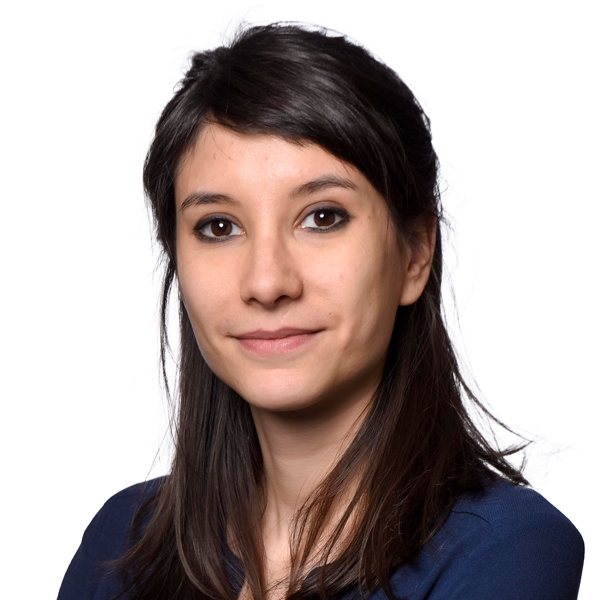Poster on UOC's scientific journals wins award for best design
Subject: Multidisciplinary
The winning poster, announced during the 2019 CRECS conference, shows the global reach of Artnodes, BiD, Digithum, IDP, D&D and ETHE: 3,276 scholars from 71 countries.
The UOC’s academic network, comprising the University’s six scientific journals, continues to expand all over the world, especially throughout Europe and America. 3,276 experts from five continents have helped spread open knowledge around the world.
All of this data about the visibility and impact of the UOC’s scientific journals can be found in this new infographic, which won the award for best design during the Conferencia Internacional sobre revistas científicas (International Conference on Scientific Journals, CRECS). The Library’s research team presented their key points at the conference on scientific publishing, which took place between 23 and 24 May in Logroño, Spain.
"It is incredibly satisfying to be able to recognize the work of such a multi-talented team of people who are committed to open science and the rigour needed for documentation and scientific dissemination," said Marta Aymerich, UOC Vice President for Strategic Planning and Research.
«The work of such a multi-talented team of people who are committed to open science», Marta Aymerich

Award for best design
During the 2019 CRECS conference, Oriol Solé spoke on behalf of the UOC’s scientific journals’ editorial team and explained the information graphic’s key points to an audience made up of experts on scientific publishing.
A total of 13 posters related to the conference’s themes were presented.
Clara Riera, Elsa Corominas and Oriol Solé participated in designing the infographic, alongside the coordinator, Maria Boixadera.
The journals figure by figure
The academic network
The data presented on the information graphic provide evidence of the accelerating growth of the journals’ academic network in comparison to last year. In fact, the amount of experts that have participated in one of the scientific areas has increased by more than 50% compared to 2017.
During the past year, two new co-publishing institutions, Ireland’s Dublin City University and Lithuania’s Vytautas Magnus University, have also come on board, joining current members: the University of Barcelona, the Carles Pi i Sunyer Foundation, and the University of Los Andes and the University of Antioquia in Colombia.
Global knowledge
All of the content from the UOC’s academic journals can be found in open access, thereby contributing to the aim of sharing knowledge around the world as a way to help build a more global university.
In fact, 5 out of every 10 visits to articles from Artnodes, BiD, Digithum, IDP, D&D and ETHE come from the Americas, in particular Mexico, Colombia and Argentina.
5 out of every 10 visits to articles from Artnodes, BiD, Digithum, IDP, D&D and ETHE come from the Americas, in particular Mexico, Colombia and Argentina.
Academic impact
In an attempt to increase the content’s visibility, the editorial teams have worked on indexing the journals in the main databases.
All journals are indexed in CARHUS Plus+ and the majority are also found in the Directory of Open Access Journals (DOAJ) and have a quality seal from FECyT. Four can also be found in the Emerging Sources Citation Index (ESCI) and in Scopus, and one has been entered into the Social Sciences Citation Index (SSCI) and will receive an impact factor.
Gender equality
Efforts continue to maintain parity among the experts involved in creating the journals, and as a result female presence has increased in comparison to 2017: 45% of authors, 40% of reviewers and 38% of the members of the editorial teams are women.
It is worth highlighting the example of ETHE and its explicit desire to promote equality in its editorial board. When board membership was reviewed in 2018, 13 women were added, to ensure parity, something that was publicized on social media. Since then, this parity (50% men and 50% women) has been maintained.



